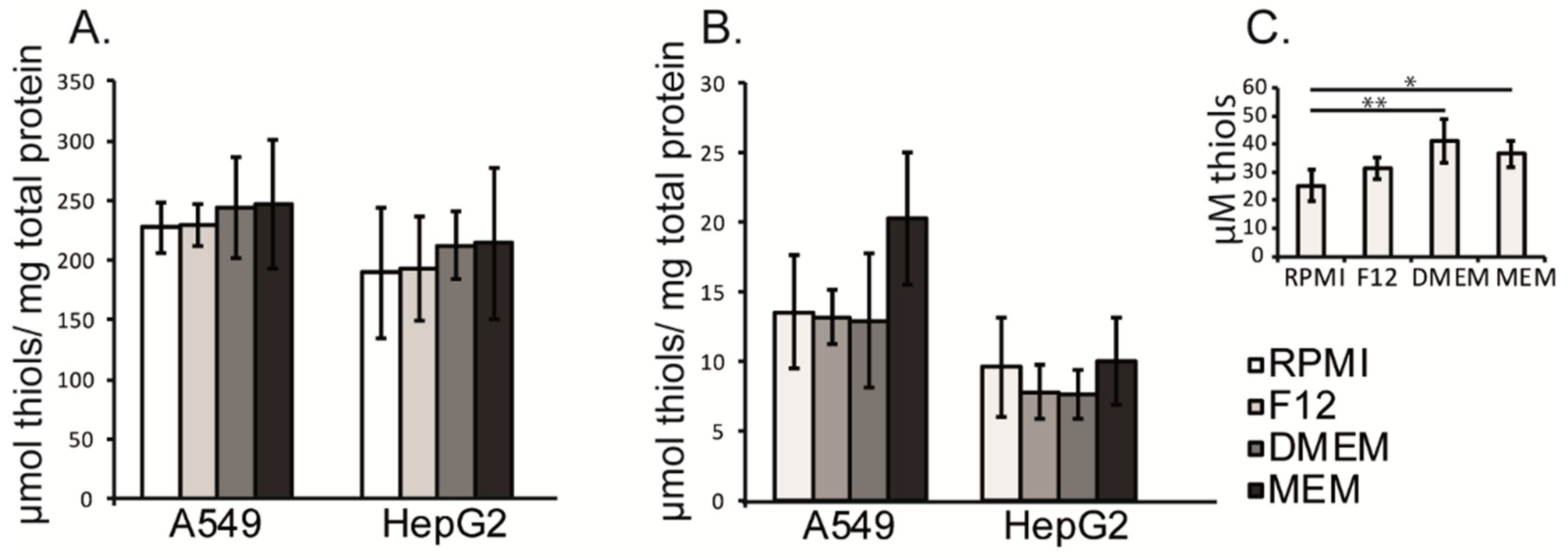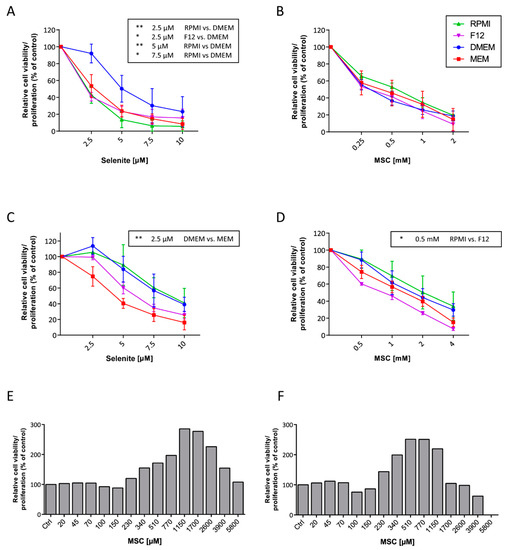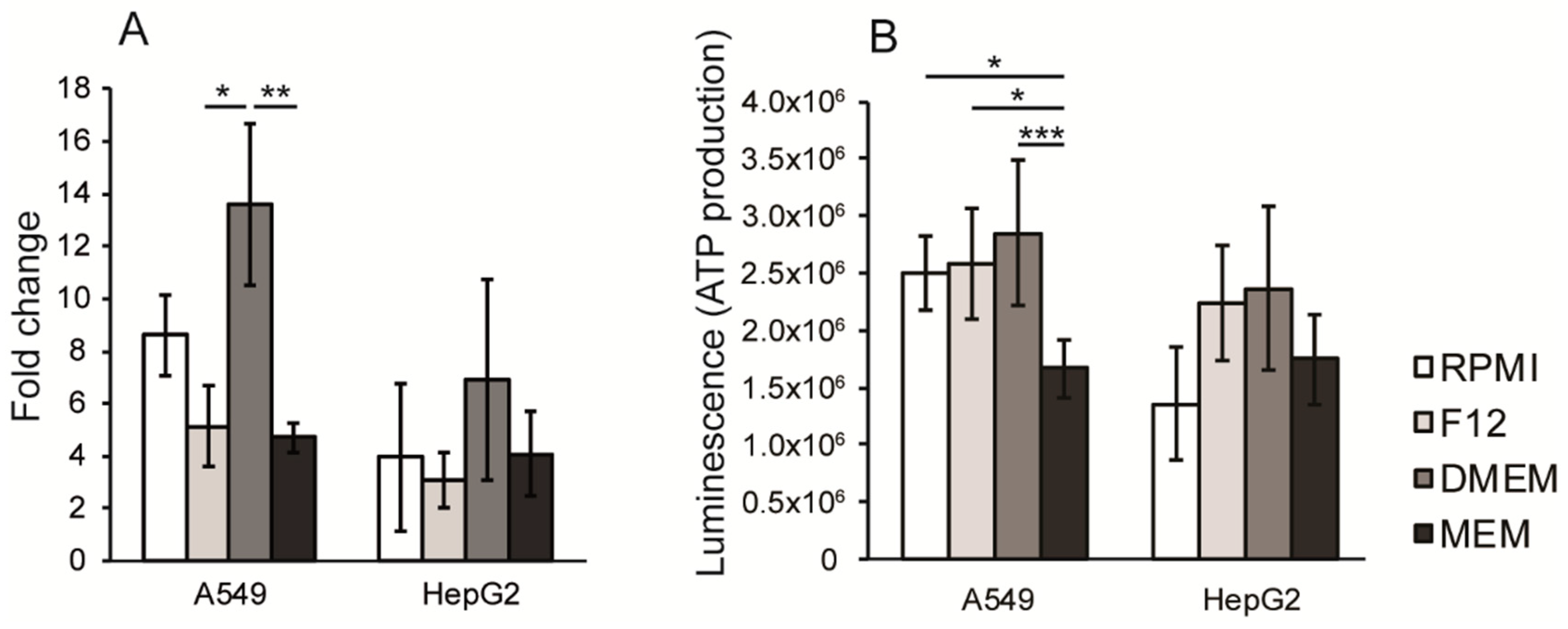
Distinct patterns of leukocyte recruitment in the pulmonary microvasculature in response to local and systemic inflammation | American Journal of Physiology-Lung Cellular and Molecular Physiology

Antioxidants | Free Full-Text | The Cell Culture Medium Affects Growth, Phenotype Expression and the Response to Selenium Cytotoxicity in A549 and HepG2 Cells | HTML
Full article: Interleukin 4 induces rapid mucin transport, increases mucus thickness and quality and decreases colitis and Citrobacter rodentium in contact with epithelial cells

p38 Mitogen‐activated protein kinase signaling regulates streptococcal M1 protein‐induced neutrophil activation and lung injury - Zhang - 2012 - Journal of Leukocyte Biology - Wiley Online Library

Molecular Cloning and Characterization of Two Mouse Peroxisome Proliferator-activated Receptor α (PPARα)-regulated Peroxisomal Acyl-CoA Thioesterases - ScienceDirect

p38 Mitogen‐activated protein kinase signaling regulates streptococcal M1 protein‐induced neutrophil activation and lung injury - Zhang - 2012 - Journal of Leukocyte Biology - Wiley Online Library

The acyl-CoA thioesterase I is regulated by PPARα and HNF4α via a distal response element in the promoter - ScienceDirect

Lymphocyte function antigen‐1 regulates neutrophil recruitment and tissue damage in acute pancreatitis - Awla - 2011 - British Journal of Pharmacology - Wiley Online Library

Analysis of the mouse and human acyl‐CoA thioesterase (ACOT) gene clusters shows that convergent, functional evolution results in a reduced number of human peroxisomal ACOTs1 - Hunt - 2006 - The FASEB

Human thrombin-derived host defense peptides inhibit neutrophil recruitment and tissue injury in severe acute pancreatitis | American Journal of Physiology-Gastrointestinal and Liver Physiology

Platelet‐dependent accumulation of leukocytes in sinusoids mediates hepatocellular damage in bile duct ligation‐induced cholestasis - Laschke - 2008 - British Journal of Pharmacology - Wiley Online Library

Antioxidants | Free Full-Text | The Cell Culture Medium Affects Growth, Phenotype Expression and the Response to Selenium Cytotoxicity in A549 and HepG2 Cells | HTML

References in Leukocyte recruitment in hepatic injury: selectin-mediated leukocyte rolling is a prerequisite for CD18-dependent firm adhesion - Journal of Hepatology

The acyl-CoA thioesterase I is regulated by PPARα and HNF4α via a distal response element in the promoter - ScienceDirect










